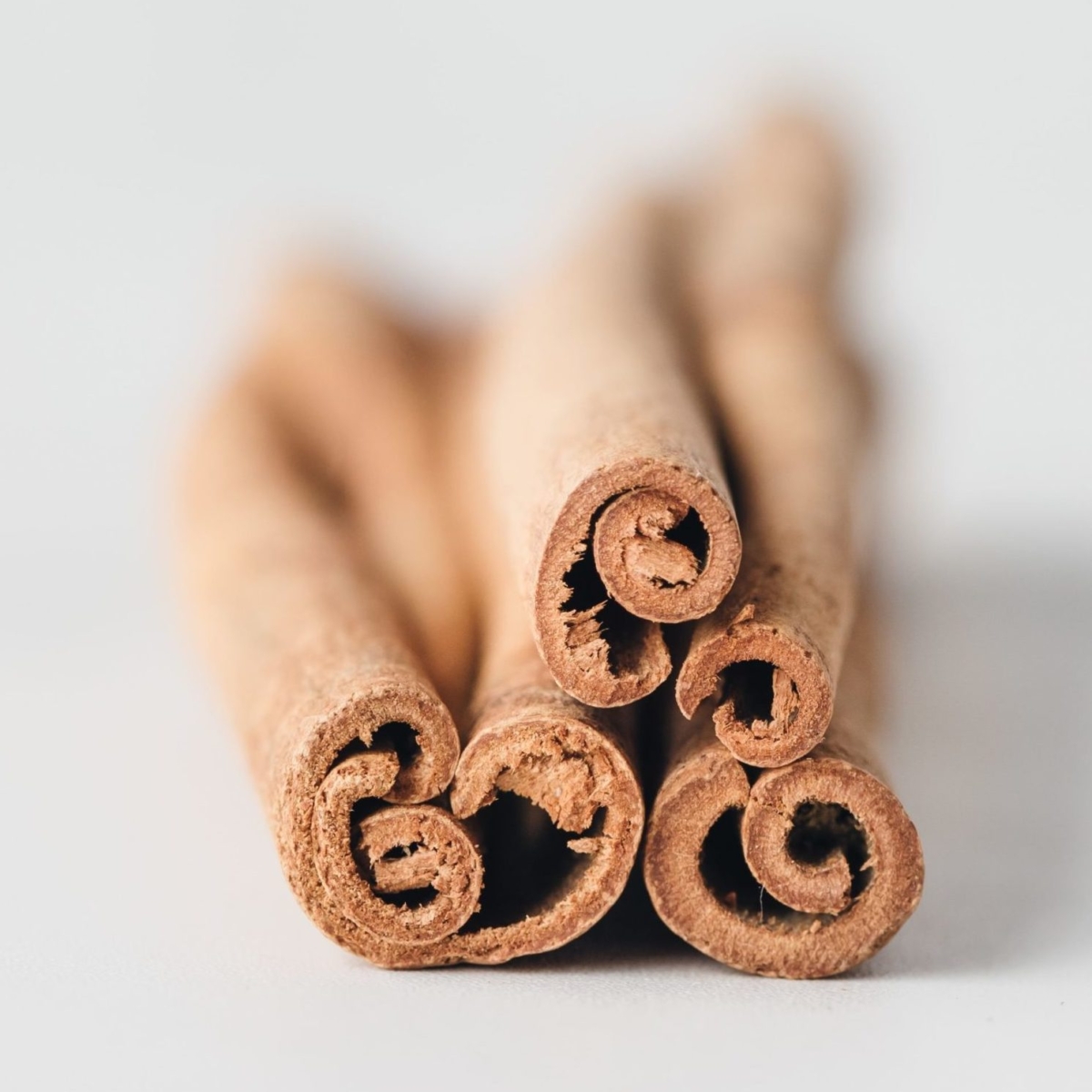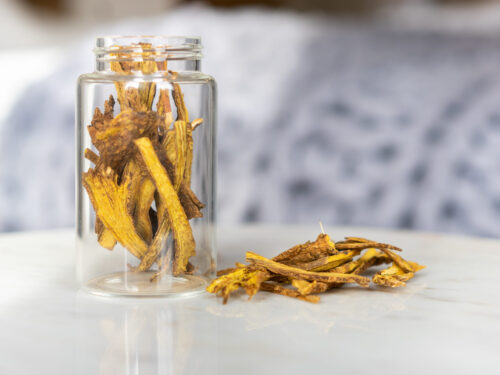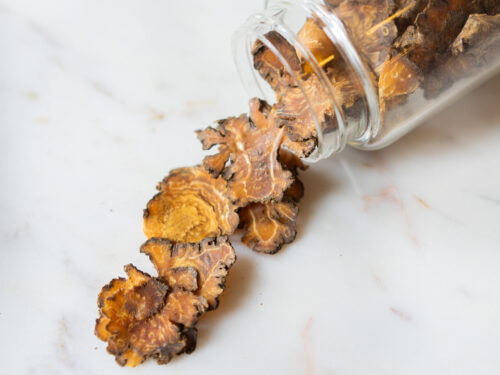
COMMON NAME (Chinese Name)
Cinnamon (Rou Gui and Gui Zhi)
BOTANICAL NAME
Cinnamomum Cassia
USES
There are two primary forms of cinnamon used in Traditional Chinese Medicine; the twigs (Gui Zhi-) and the large bark of older trees (Rou Gui). In TCM, cinnamon — both as a food and as a supplement — is used to treat an immense variety of different ailments that impact day-to-day quality of life and comfort for many people. As an antioxidant and an anti-inflammatory, it is commonly used to treat colds and other viral upper respiratory infections, as well as digestive issues like flatulence, nausea, and diarrhea. Cinnamon can also lower blood sugar and has an anti-diabetic effect. Moreover, cinnamon extract may protect against many different water- and food-borne illnesses, like salmonella, E. Coli, and listeria. Taking it one step farther, cinnamon extract shows significant promise for use as an alternative oral and topical antibiotic, both in hospital settings and in everyday personal care and cosmetic products like mouthwashes.
Gui Zhi, cinnamon twig, is categorized in Chinese medicine as a warm diaphoretic to induce sweating and to free up the Yang. It is warm, pungent, and sweet, and affects the Heart, Bladder, and Lung meridians. Rou Gui, cinnamon bark, is classified as an herb to warm the interior. It is hot, pungent, and sweet and affects the Liver, Heart, Kidney, and Spleen channels. Rou Gui is credited with warming the ming men, the basic metabolism of the body.
PREPARATION & ADMINISTRATION
Cinnamon is effective both unprepared (as an ingredient in recipes) or as an extract made by decocting cinnamon bark or cinnamon sticks. Cinnamon supplements are also available in pill and capsule form, though they may be less effective than pure cinnamon or cinnamon extract. As a note, there are two different types of cinnamon — cassia and ceylon. Cassia cinnamon is that which is typically used in TCM applications.
PRECAUTIONS
For topical uses of cinnamon extract, there are some uncommon side-effects, including contact dermatitis and, when used as an oral rinse, gingivitis and canker sores. When ingested in safe doses, cinnamon supplements and dietary uses present few risks, though overdoing it can lead to mouth sores and throat irritation, as well as low blood sugar. Extreme overuse may cause liver damage, and taking/eating it in combination with aspirin and other medications that may cause liver damage can compound this risk.
You should consult with a certified herbalist, physician or other qualified healthcare professional before taking cinnamon.
REFERENCES
Gunawardena, Dhanushka, et al. “Anti-Inflammatory Activity of Cinnamon (C. Zeylanicum and C. Cassia) Extracts – Identification of E-Cinnamaldehyde and o-Methoxy Cinnamaldehyde as the Most Potent Bioactive Compounds.” Food & Function, U.S. National Library of Medicine, Mar. 2015
Jarvill-Taylor, K J, et al. “A Hydroxychalcone Derived from Cinnamon Functions as a Mimetic for Insulin in 3T3-L1 Adipocytes.” Journal of the American College of Nutrition, U.S. National Library of Medicine, Aug. 2001
Mathew, Sindhu, and T. Emilia Abraham. “Studies on the Antioxidant Activities of Cinnamon (Cinnamomum Verum) Bark Extracts, through Various in Vitro Models.” Food Chemistry, Elsevier, 16 Feb. 2005
Nabavi, Seyed Fazel, et al. “Antibacterial Effects of Cinnamon: From Farm to Food, Cosmetic and Pharmaceutical Industries.” Nutrients, MDPI, 11 Sept. 2015
Raman, Ryan. “6 Side Effects of Too Much Cinnamon.” Healthline, Healthline Media, 26 Sept. 2019
Rao, et al. “Cinnamon: A Multifaceted Medicinal Plant.” Evidence-Based Complementary and Alternative Medicine, Hindawi, 10 Apr. 2014



